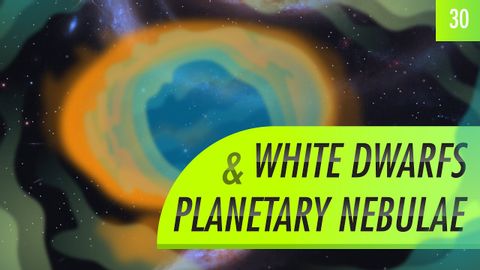
Subtitles & vocabulary
White Dwarfs & Planetary Nebulae: Crash Course Astronomy #30
00
yu posted on 2016/02/05Save
Video vocabulary
blow
US /blo/
・
UK /bləʊ/
- Verb (Transitive/Intransitive)
- To move something using air
- To make air come quickly out of your mouth
- Noun
- Something that causes you difficulty or sadness
- Act of making air come out of your mouth
A2
More mass
US /mæs/
・
UK /mæs/
- Noun (Countable/Uncountable)
- Religious ceremony in some Christian churches
- Large amount or number of something
- Transitive Verb
- To gather people or things into a large group
B1
More core
US /kɔr, kor/
・
UK /kɔ:(r)/
- Transitive Verb
- To take out the central section of a fruit
- Noun (Countable/Uncountable)
- Important central part of something
- The hard central part of certain fruits, containing the seeds.
A2
More wind
US /wɪnd/
・
UK /wɪnd/
- Noun (Countable/Uncountable)
- A current of air moving approximately horizontally, especially one strong enough to be felt
- Something that has influence
- Intransitive Verb
- If a road, path, or river winds, it follows a route that turns repeatedly in different directions
A1
More Use Energy
Unlock All Vocabulary
Unlock pronunciation, explanations, and filters
